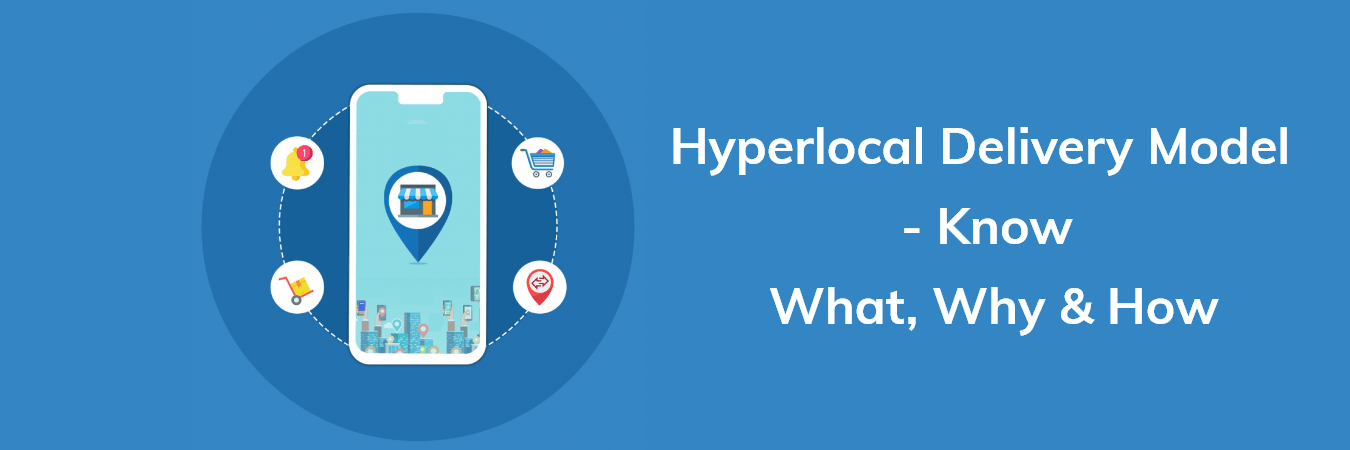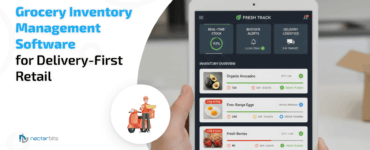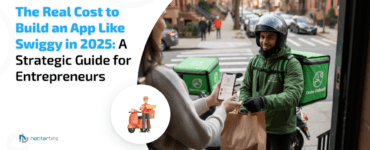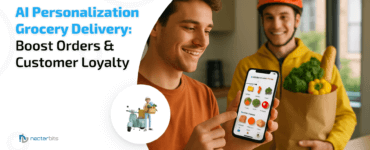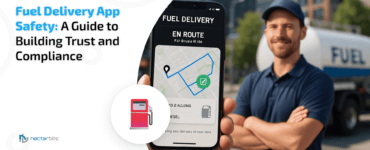The brains are wired to prioritize the businesses that meet the instant gratification needs. It’s expected that people continue to follow the same pleasure principle in the years to come. A similar problem every online retailer is facing, that’s- delivering the item in an hour or a day. So, how the retailers can meet this need. The hyperlocal delivery model is the answer to this problem.
The model makes it possible for the retailers by connecting with local vendors, getting the products purchased, and then delivering to the customers. That’s the reason, most entrepreneurs are preferring the hyperlocal delivery model.
Let’s understand the hyperlocal delivery model
It’s an online delivery model that best serves the customers’ needs of the on-demand model of expedited deliveries via offline shops. The on-demand grocery, laundry, food, boutique, and medical service providers are highly using hyperlocal services to stay on top of the customers’ needs.
The hyperlocal model plays a multi-dimensional role for businesses to serve the community and people. In the recent pandemic, the model has played a wonderful role in combating COVID-19 and sustaining the businesses amidst crisis. It’s effective in various ways-
- From a global view, the economic downfall was witnessed, but the small retailers have helped in creating self-sufficient economies. That’s why economies can now rebuild when the foundation was strong.
- The potential of businesses in rural areas is tapped at the time of crisis. The businesses which were disregarded, have helped in serving the customers.
- Finally, the small businesses will get paid for the hard work they did, which is generally eaten up by the intermediaries. In this way, the customers getting the products at a reduced price and profit margin of businesses have also increased.
How does Hyperlocal Delivery App work?
Broadly, the hyperlocal delivery model includes two things- hyperlocal services that provide the services locally, and hyperlocal delivery that enables delivery of product locally. There is a strong connection between hyperlocal delivery and services to make the hyperlocal model works. The startups or small businesses looking to make inroads into the hyperlocal delivery market can execute the ideas through a step-by-step process-
Choose your delivery niche
You need to decide the hyperlocal service or product want to deliver that can be FMCG products, groceries, restaurant, food, and other. Just identify the demand and make the decision accordingly.
Decide the local group you are going to target
When you have decided on the product or service to deliver locally, you need to identify the target audience that will be interested in the services you deliver. Be it college goers, professionals, housewives, students staying away from home, or working women.
Get associated with the local merchant
At this stage, you know what to deliver and whom to deliver, but without partnering with local businesses or delivery agencies, you cannot execute the business successfully. Such an aggregator model reduces the burden from your shoulder and you can focus on core business activities like- marketing, optimizing the supply chain, and others.
Think about the revenue model
No business can run if it won’t generate income. When you collaborate with local stores, make things clear that they will pay commission on every item picked from the store for hyperlocal deliveries- it ensures a consistent stream of revenue. Also, the convenience fee over shipping charges is imposed for gift packing or special recommendations.
Engineer and launch a hyperlocal delivery app
When you have everything ready with you, it’s time to build a hyperlocal app with different interfaces for customers, shippers, and drivers. However, the app can’t build unless you don’t have prepared a list of must-have features.
The features of the hyperlocal delivery app
Key features that the app should have
- The onboarding is made easy with phone numbers, email id, and social credentials.
- Customers can track and connect with the service provider via GPS navigation.
- the consumer can filter the product based on the GPS location.
- Customers can make the payment through multiple payment methods.
- Product shipment scheduling is feasible.
Features of the customer panel
- Enable customers to chat in real-time and get the solution to their queries.
- Send regular updates about the orders in the form of push notifications.
- View and access the placed orders, transaction history, refunds, and other details.
- Review and rate the services received.
- Auto-detection of customers’ location by the system.
- Facilitates the location change
Features of the vendor panel
- Allow sellers to create an account and start selling the product or services hyper-locally.
- Add and manage the products or services by uploading the image and adding a description.
- View and manage the order details and then assign them to the respective delivery agent.
- Analytics help in viewing the latest orders and total revenue via charts and graphs.
Features of admin panel
- Add and manage multiple areas and zip codes.
- Set different types of filters based on the distance, zip code, city, country, and state.
- CRM system for strengthening customer relationships.
- Supplier relationship management to better manage product supplies.
- Optimize logistics and shipping to enable last-mile delivery services.
Bring transparency in the business
There is complete visibility in the business operations from end-to-end, which builds transparency and trust in the business. There are no hidden charges to surprise the customers at any touchpoint from order placement to the final delivery.
Centralized management
All the orders under the hyperlocal model are tracked, controlled, and managed from a single device through a mobile app. The feedback and ratings help in knowing the pain points to fix that interfere with the customer experience. It enables businesses to continuously deliver the optimal services to customers.
Build a sustainable ecosystem
WHO stated that if the products are produced and consumed in the same area, it’s most profitable for the society and environment-friendly too because of reduced transportation cost and zero carbon emission. It’s a good initiative for sustaining localities.
Ensure better quality and faster delivery
When the products are delivered locally from the area where it’s produced, the quality of products is ensured as there are no middlemen in between to interfere with quality. Also, the delivery time will get reduced automatically.
Wrapping up
The hyperlocal delivery model meets the product’s demand locally and benefits the local businesses too, which in turn creates a win-win situation for both parties involved. With hyperlocal delivery app development, the entrepreneurs can get a huge cut in between. Looking to tap the market possibility hidden in plain sights? If so, develop the right hyperlocal delivery application understanding the local scenario.


